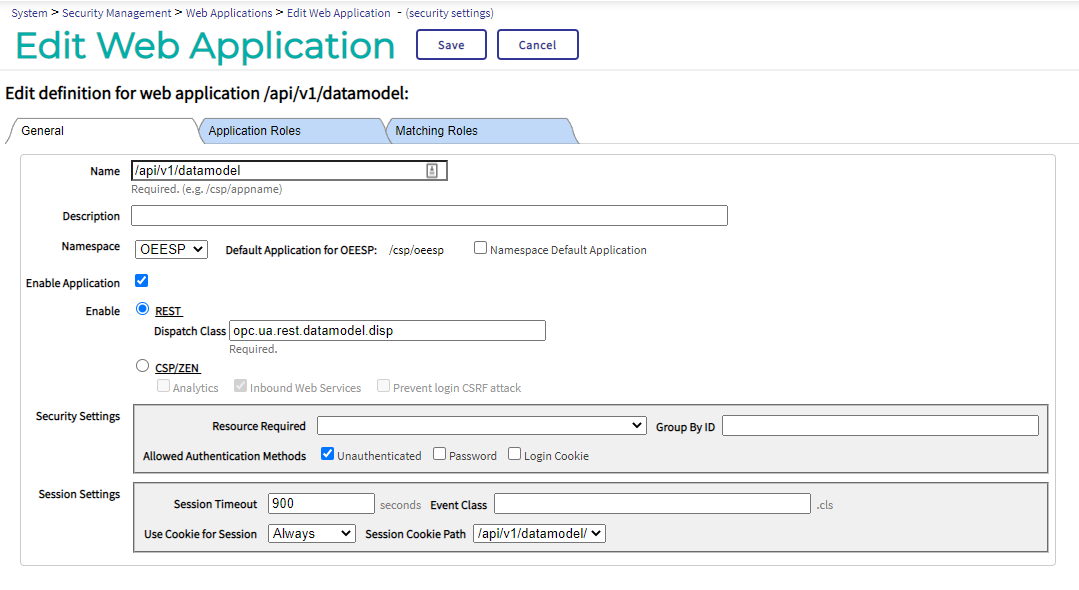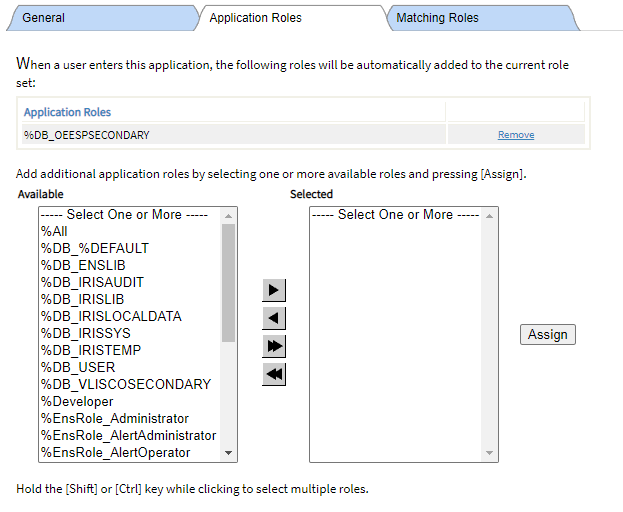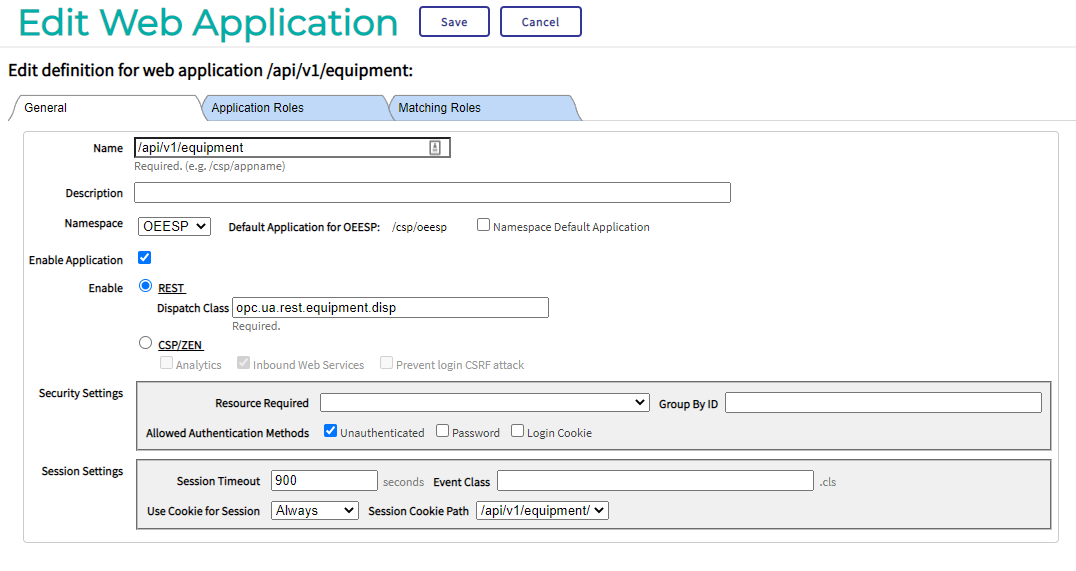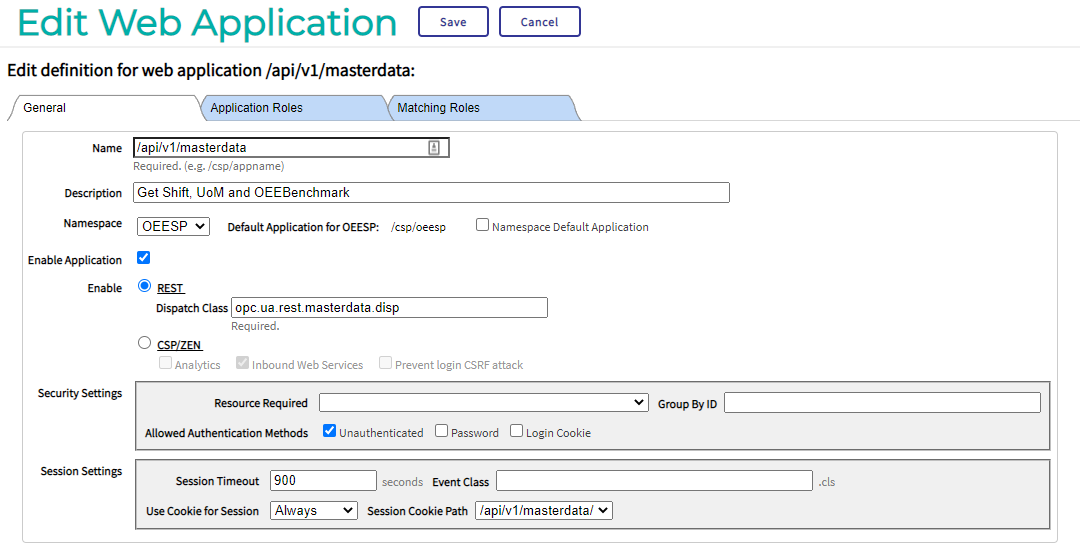NOTE:
Application Starter Pack for manufacturing companies using OPC-UA for OEE Dashboard. The Starter Pack is a generic framework for fast generation and consists of :
- API for managing master data
- API for equipment setup with their related data from the PLC
- API for datastructure generation
- API for sending information to PowerBI using the Push DataSet interface
- Integration example with JD Edwards
The Starter Pack is used within a project in a manufacturing plant to give operators realtime insight in OEE and other custom metrics witihin their process. For more information about the functional and technical working see the Wiki https://github.com/intersystems/asp-oee/wiki of the project.
The repository has been separated into 4 parts.
The source of this solution divided into:
- JDE integration sources
- OPC-UA generation framework
- PowerBI push dataset integration
The images used within the Wiki
PostMan projects to get started quickly with this project
This solution uses the InterSystems Python Gateway https://openexchange.intersystems.com/package/PythonGateway with the free OPC-UA library https://github.com/FreeOpcUa/opcua-asyncio
- Create a namespace with the name OEESP
- Install the InterSystems Python Gateway https://openexchange.intersystems.com/package/PythonGateway
- Install the InterSystems classes. This can be easily done by using this tool https://github.com/gertjanklein/iris-export-builder
- Install the python code in a directory on your machine and get the requirements by running
pip install -r requirements.txt - Install Postman (https://www.postman.com/downloads/)
- Optionally you can load the masterdata that is provided in the masterdata directory in the corresponding opc.ua.config.* table
Before we can really use the solution we need to create manually the webapplications. Go in the Management Portal to System Administration -> Security -> Applications -> Web Applications
- Name - /api/v1/datamodel
- Dispatch Class - opc.ua.rest.datamodel.disp
- Security Settings - Unauthenticated
- Name - /api/v1/equipment
- Dispatch Class - opc.ua.rest.equipment.disp
- Security Settings - Unauthenticated
- Name - /api/v1/masterdata
- Dispatch Class - opc.ua.rest.masterdata.disp
- Security Settings - Unauthenticated
There are 2 postman projects available that you can import in postman to get you started.
- StarterPack collection consists of all available URL's within the Rest Services
- StarterPack example collection is a simple example to get you up and running with a simple 3 layer (staging, transformation and serving) setup for 1 equipment and some nodes.
- The StarterPack Development environment for running the projects locally
The wiki (https://github.com/intersystems/asp-oee/wiki/Tutorial) of this repository has a tutorial that explains the example that has been delivered as a PostMan project and how to use & update the generated model.



